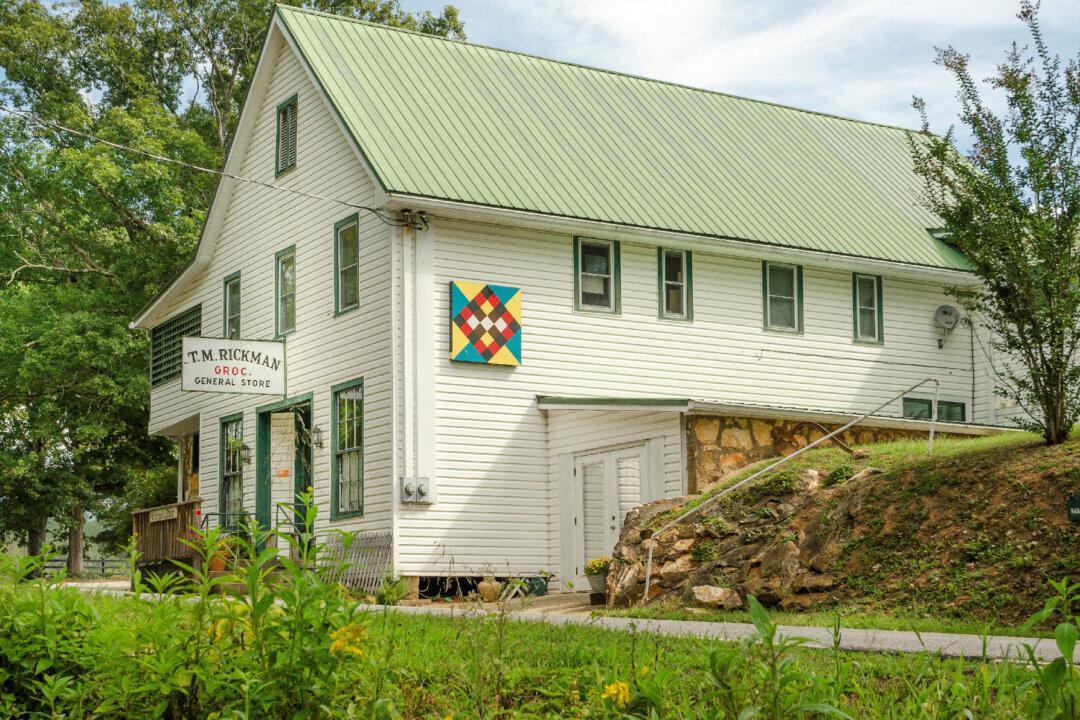Visitors to North Carolina stroll by a centuries-old Native American site, then relive a taste of life in rural Appalachia from the early 1900s. Farther north, a center of attention is a stone that was placed during the mapping of the Mason-Dixon Line, which delineated the boundary between three British colonies in America. The site of a former tent city that sprung up during the 1850s gold rush in Oregon catches the attention of people there.
These experiences seem to have little in common, but they share a single trait: All are taking place in areas that are protected by a land trust. If your eyes glaze over at reading those two words, you’re not alone. Most people are unaware that countless stretches of the United States are safeguarded from development by being placed in a land trust. These nonprofit organizations acquire, manage and conserve land and also enter into conservation easements with property owners that protect it from being developed for commercial purposes.




